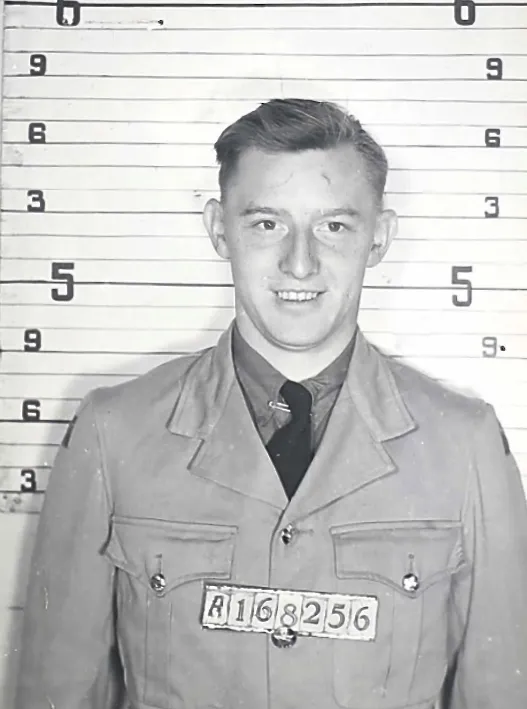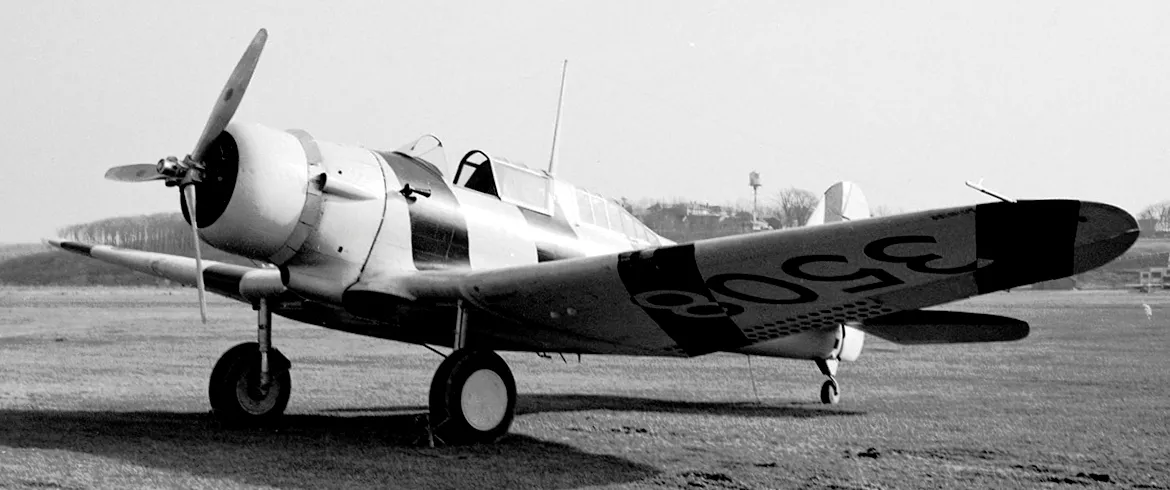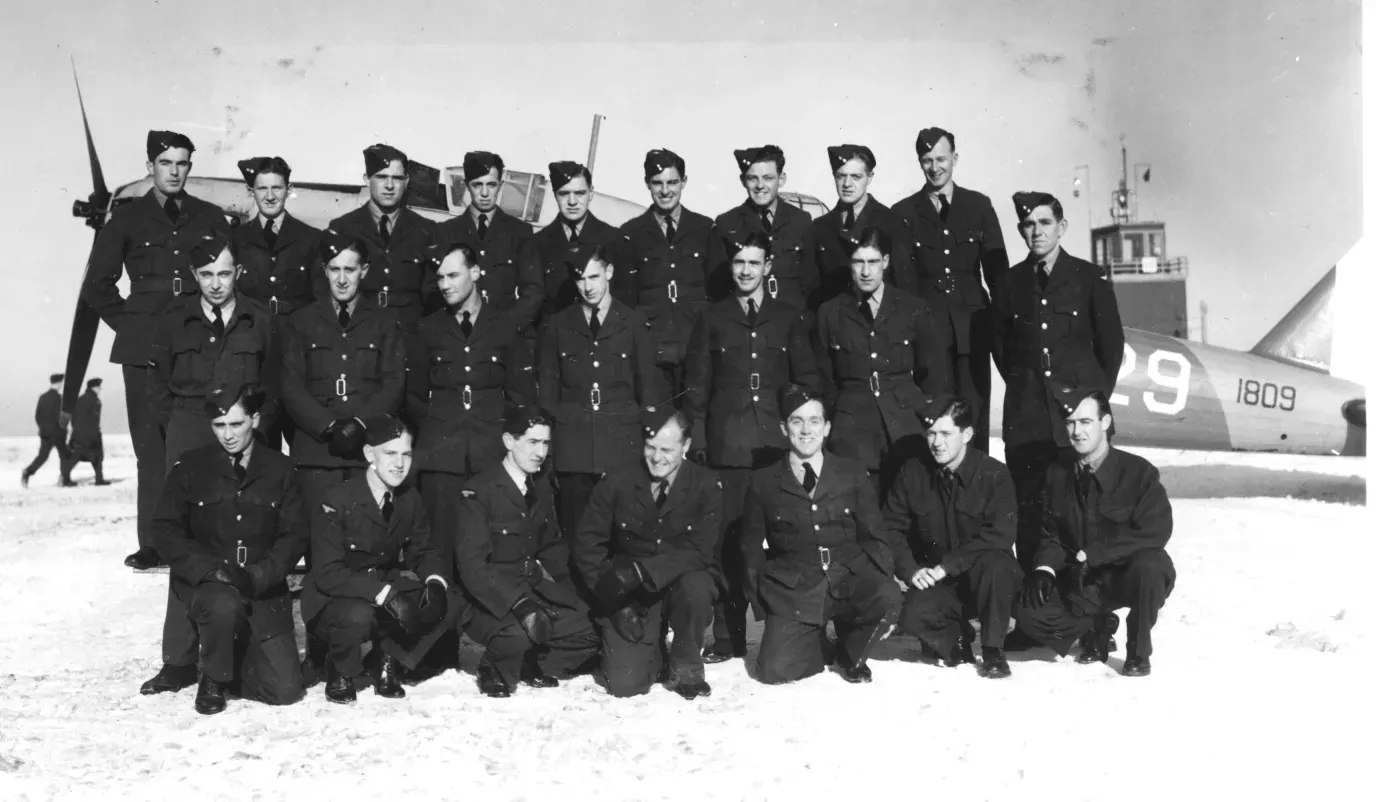Robertson, Clifford Alexander (Flight Sergeant)
Killed in Flying Accident 1944-May-09


Birth Date: 1920
Born:
Parents: Son of Joseph Alexander and Pearl Robertson, of Harrow.
Spouse:
Home: Harrow, Ontario
Enlistment:
Enlistment Date: unkown date
Service
RCAF
Unit
9 BGS- Bombing & Gunnery School
Base
Mont Joli, Quebec, Canada
Rank
Flight Sergeant
Position
Pilot
Service Numbers
R/168256
Home
Crew or Other Personnel
Nomad (Northrop) 3513
Nomad (Northrop) serial: 3513

Northrop A-17A Nomad, RCAF (Serial No. 3508), painted with target towing stripes
, RCAF Station Rockcliffe, Ontario, 21 Nov 1941.
The Northrop A-17, a development of the Northrop Gamma 2F model, was a two-seat, single-engine, monoplane, attack bomber built in 1935 by the Northrop Corporation for the U.S. Army Air Corps. When in British Commonwealth service during World War II, the A-17 was called Nomad.
The Royal Canadian Air Force received 32 Nomads that had been part of a French order of 93 aircraft. When France fell in 1940, this order was taken over by Great Britain who transferred 32 of the aircraft to Canada where they were used as advanced trainers and target tugs as part of the British Commonwealth Air Training Plan. All were assigned to No. 3 Training Command RCAF.
Nomads were never used operationally overseas. Initially, the aircraft were used at Camp Borden to check out qualified civilian pilots who were offering their services to the air force. In 1941, the aircraft were modified to a target-towing configuration to allow for air-to-air gunnery training at various schools in Quebec and Ontario. In addition to being used by the RCAF in Canada, the Royal Norwegian Air Force trained some aircrew in exile on the A-17A at airports in Toronto and Muskoka. The RCAF Nomads were retired with the cessation of hostilities. The Nomads were not particularly outstanding aircraft, but they did provide reliable training service logging an average of approximately 3,000 flying hours each in their four and a half years of service. Wikipedia and Harold Skaarup web page
Aircraft Images
Nomad (Northrop) 3513
Nomad (Northrop) 3513
Delivered marked as NX-N42. First assigned to No. 1 Service Flying Training School, Air Traffic Services, Camp Borden, Ontario. Transferred for overhaul at Canadian Vickers Ltd in Montreal, Quebec, as of 18 Feb 1941. Converted to target towing configuration and first assigned to No. 1 Training Command (probably No. 6 Bombing & Gunnery School, Mountain View) as of 7 Jul 1941. Re-assigned to No. 9 Bombing & Gunnery School at Mont Joli, Quebec, in 1942. Coded "59". Category "A" accident on 09 May 1944 (per accident card & Walker; Kestrel shows incorrectly as 21 Jul 1943) near that station. The a/c had taken off on target towing exercise at 15:55 hrs and had completed two such exercises. About 2 miles SW of the aerodrome, the engine then began to smoke and the pilot, Flight Sergeant C.A. Robertson, ordered the observer, Leading Aircraftman J.P. Mercier, to jettison the drogue. The pilot was attempting to return to the station when the engine erupted in flames. The a/c was not yet equipped with an engine fire extinguisher (which was a planned modification). The pilot ordered the observer to bail out which he did successfully. Flight Sergeant Roberston, however, bailed out but never pulled his ripcord and was therefore killed. He may have struck his head upon exiting the a/c. The a/c was destroyed by the crash and the ensuing fire.1940-08-26 Taken on Strength at Camp Borden, Ontario 2022-01-29
1944-May-09 Accident: 9 Bomb & Gunnery School Loc: Aerodrome Names: Mercier | Robertson
1944-05-09 Accident Category A 2022-01-29
1944-06-10 Struck off Strength written off 2022-01-29
Unit Desciption
9 BGS (9 Bomb and Gunnery School)
The Bombing and Gunnery School (B&GS) offered instruction in the techniques of bomb aiming and aerial machine gunnery to Air Observers, Bomb Aimers, and Wireless Air Gunners. These schools required large areas to accommodate their bombing and gunnery ranges, and were often located near water. The Avro Anson, Fairey Battle, Bristol Bolingbroke, and Westland Lysander were the standard aircraft used at B&GS schools.
RCAF.info - RCAF Station Mont Joli QC